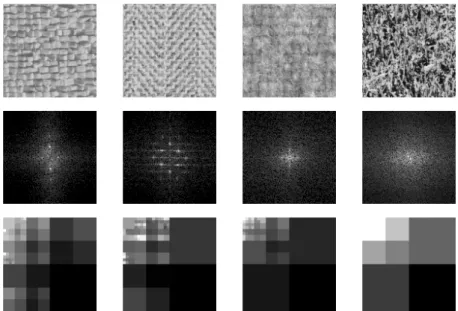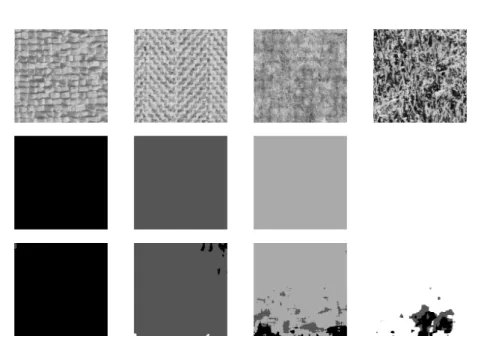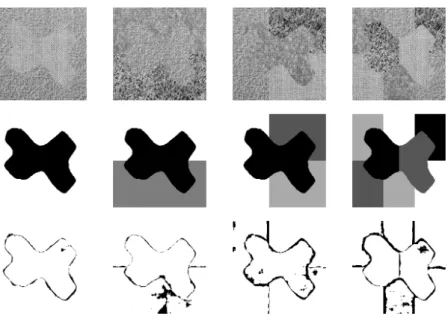Texture-adaptive mother wavelet selection for texture analysis
Texte intégral
Figure
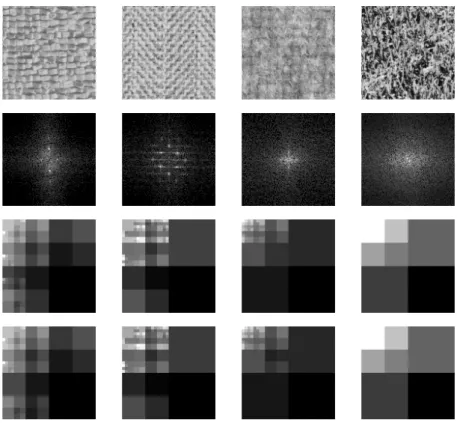
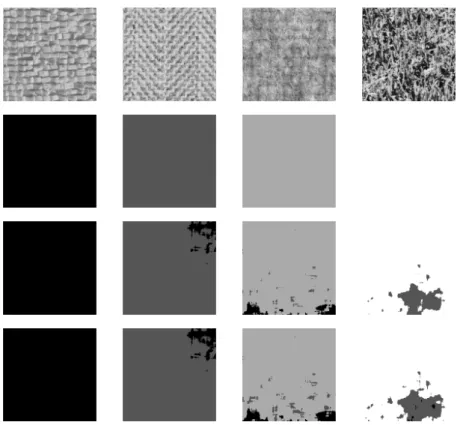
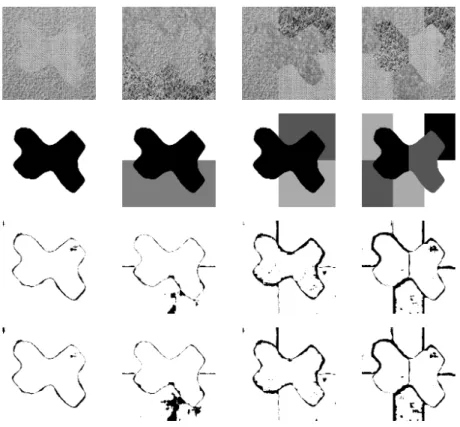
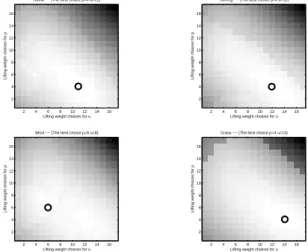
Documents relatifs
The influence of texture as an extrinsic (accidental) effect on the relative line intensities of a hyperfine pattern will be analysed and compared with the intrinsic
Since the reflec- tion model used for model-based texture methods is just an approximation, there is a difference between the real image and the image rendered by the reflection
Texture synthesizers from the literature process with a rect- angular patch. Its relevance is essential to ensure an efficient synthesis in our context. In the literature, patch
Two algorithms are adapted to the region synthesis context: the sample patch is built from surrounding texture and potential anchor blocks inside the removed region; the scan
7 A correct but naive approach for processing a federated query consists in for each triple of the query (1) send it to each endpoint, (2) compute the union of the results, (3)
L’archive ouverte pluridisciplinaire HAL, est destinée au dépôt et à la diffusion de documents scientifiques de niveau recherche, publiés ou non, émanant des
Powerful statistical algorithms have been developed for image denoising using a Multivariate Generalized Gaussian Distribution (MGGD) [7] and Elliptically Contoured
Figure 1: Our texture analysis and synthesis technique is based on the distribution of texture particles (visual texture components) respecting specific spatial arrangements.. We use
